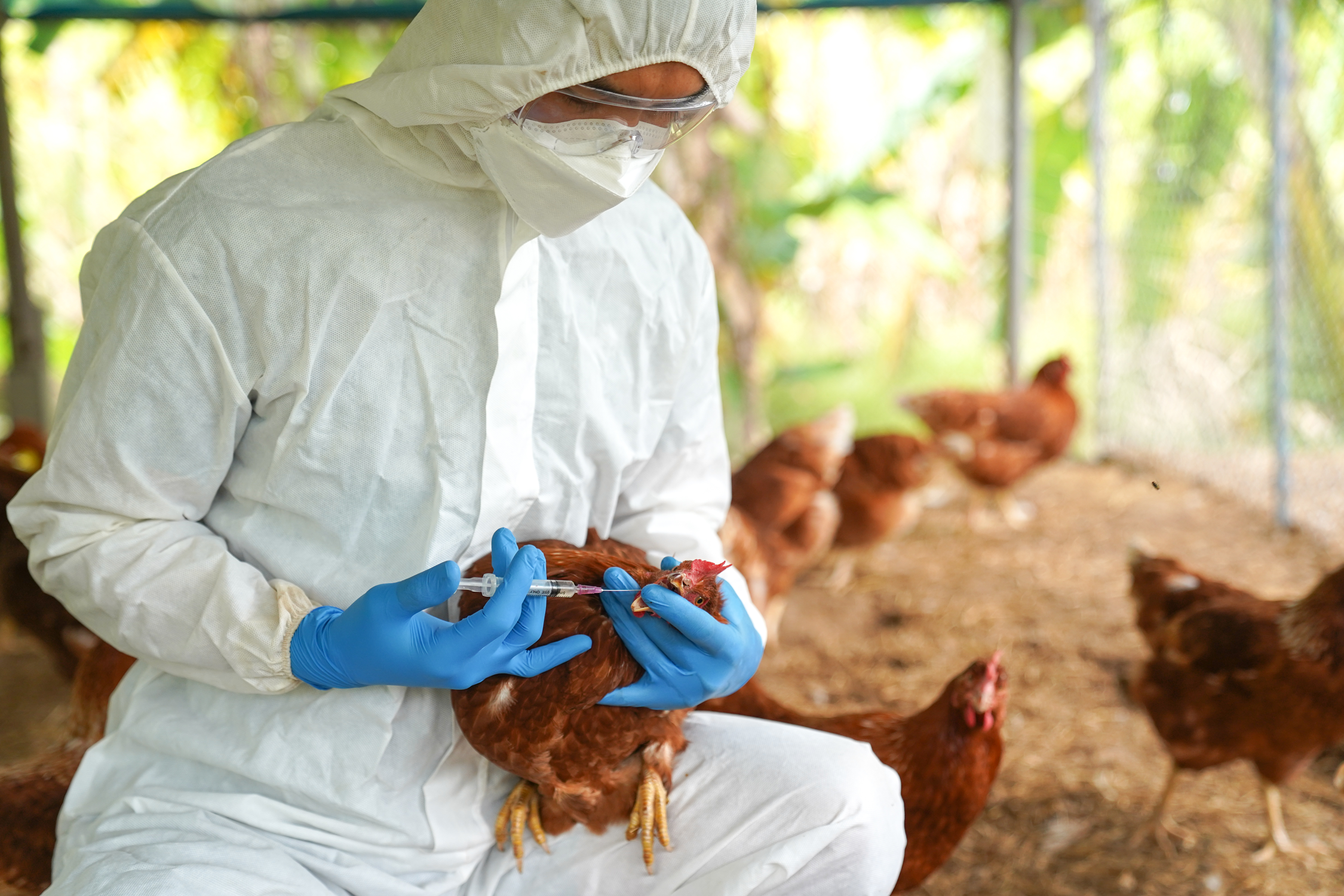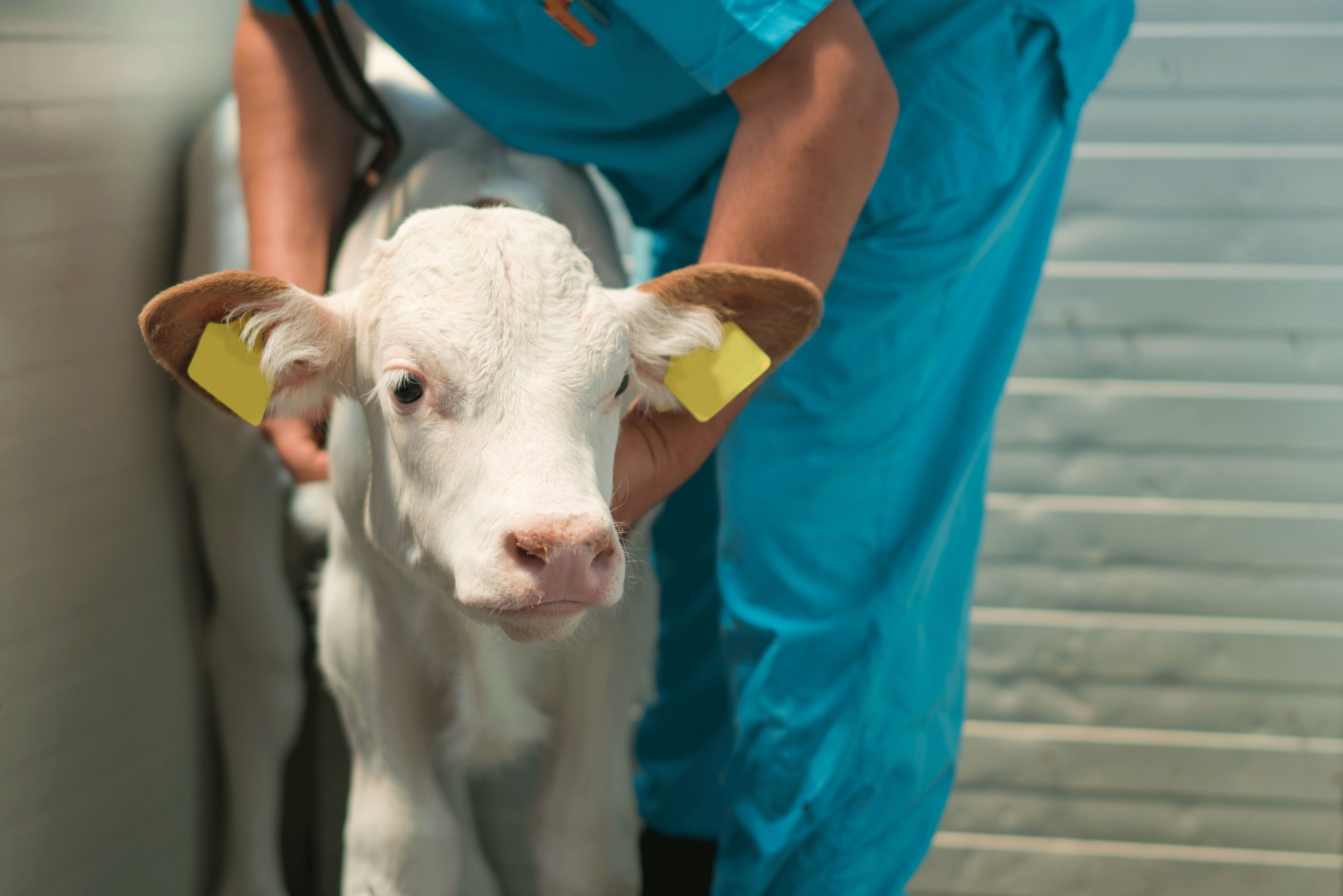Animal agriculture is in the spotlight as commentators and researchers assess its contribution to greenhouse gas emissions, emerging infectious disease, environmental degradation, non-communicable food-related diseases and inadequate animal welfare. To date, however, research has largely failed to explore the significant differences between livestock species and the range of production systems under which they are raised. There is an absence of validated classification systems that are based on ontological processes. In many areas of the world, traditional livestock raising practices have survived for thousands of years and continue to date, yet they are under pressure with human population pressure, land and water use. In the 20th century, intensive livestock production systems were hailed as economic successes with environmental externalities largely ignored. Moving forward what constitutes ‘tolerable’ animal agriculture in a changing world facing multiple existential threats? Do the limits vary across geographies, production systems and cultures? If they do, how can these differences be measured? How might these limits contribute to defining associated sustainable and circular bioeconomies?













